Celebrating 200 years of sunshine in the Florida Keys - Scotland on Sunday Travel
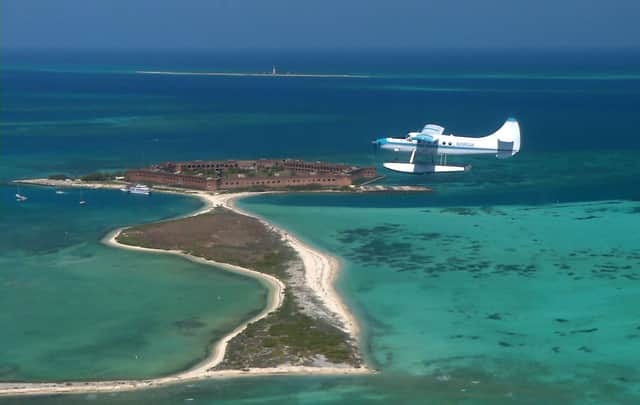

Rumour has it, there are two things that will get you kicked off Key West, one of the hundreds of islands that make up the Florida Keys.
“Being pretentious and being normal,” explains Carol Shaughnessy from the Key West tourist board, as we tuck into freshly caught fish served with tostones (caramelised refried plantains) and spicy ‘mojo’ sauce at bustling Cuban eatery – and island institution – El Meson de Pepe.
Advertisement
Hide AdAdvertisement
Hide AdAffectionately known as the Conch Republic, Key West has long been a haven for alternative types.
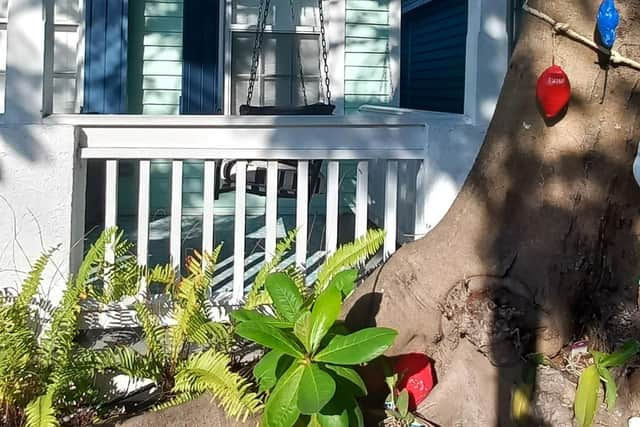

The name (which these days applies to the Keys as a whole) dates back to 1982, when the US government erected a stop-and-search checkpoint on one of only two roads connecting the Keys with mainland Florida and a 15-mile queue of cars ensued, deterring travellers heading south to take advantage of the archipelago’s tropical temperatures and welcoming atmosphere.
Angry about the impact on tourism (a vital source of income) and with complaints to the government going unanswered, the mayor declared (with tongue firmly in cheek) that Key West would secede from the rest of the United States, and the Conch Republic was born.
“We didn’t technically take down the flag of the United States – this was a symbolic secession,” says Carol.
The mayor declared war on the US – the only armed combat took place when he bopped a man dressed in naval uniform over the head with a loaf of stale Cuban bread – before surrendering one minute later and applying for a billion dollars in foreign aid.
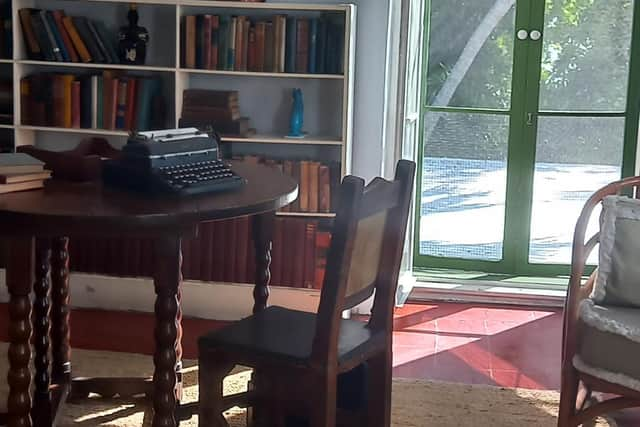

The conch, a marine snail that you find served up as fritters all over the Keys, is “a very hardy sea creature”, Carol continues. “It can withstand anything.”
Sure enough, the roadblock was removed soon after the secession stunt, but the name stuck, and Key West has remained a big draw ever since (every local I meet recalls how they arrived decades ago only intending to stay for a few weeks, but ended up making the island their home).
The Florida Keys celebrates its 200th birthday on July 3, commemorating the establishment in 1823 of Monroe County, which encapsulates the island chain.
Advertisement
Hide AdAdvertisement
Hide AdTo mark the milestone, fireworks and festivities are planned, including the return of the world’s longest rainbow flag (originally unfurled in 2003) for June’s Pride month and the creation of the world’s largest Key lime pie (the region’s most famous culinary export).
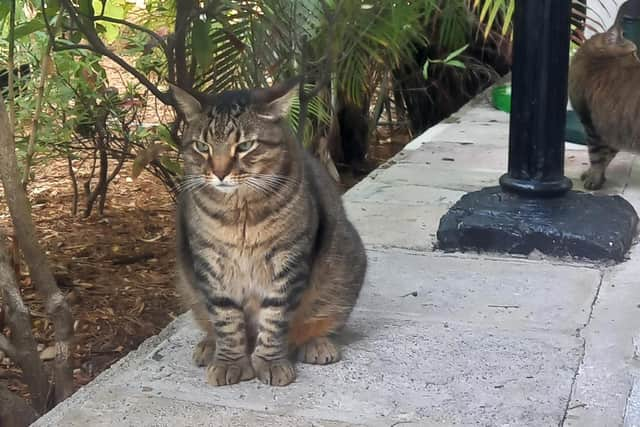

Technically a city, Key West has a relaxed, small-town vibe, and is incredibly picturesque, the leafy streets lined with colourful, colonial-style wooden houses erected by shipbuilders in the late 1800s.
Clucking and crowing on almost every corner you’ll find roosters, hens and their fluffy little offspring, a product of the long-since outlawed cock fighting circuit.
On a whistle-stop ride around the city’s historical hotspots (Key Lime Bike Tours; £39 per person), Bruce Mitchell – a charismatic Key Westerner with the gift of the gab – explains what happened when the sport was banned in the late 1970s: “People opened the cages and let ‘em loose – they’ve been roaming around ever since.”
While it’s forbidden to feed the feathered creatures, you’re not allowed to get rid of them either – you can be fined up to $500 (£400) for interfering with the protected animals – and opinion is divided on whether they’re a harmless quirk or a fowl nuisance.
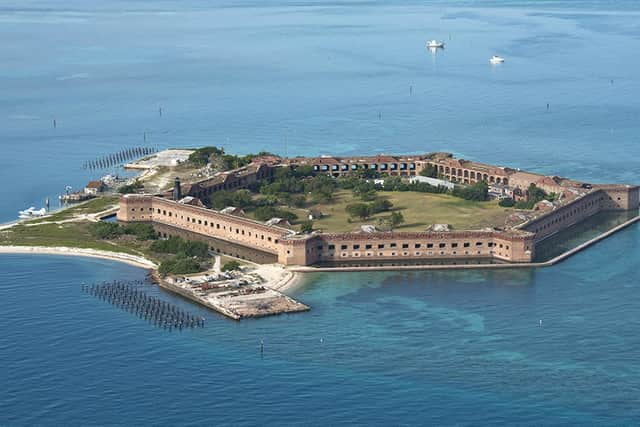

You can’t even rely on their cock-a-doodle-doo as an alarm clock, Bruce laments: “They have no idea what time it is!”
In the vibrant Bahama Village neighbourhood, Blue Heaven promises ‘breakfast with the roosters’ in a leafy cobblestoned yard.
Dishing up thick, fluffy blueberry pancakes and decadent lobster benedict, the property used to host cockfighting, gambling and boxing matches refereed by literary legend Ernest Hemingway.
Advertisement
Hide AdAdvertisement
Hide AdThe house occupied by Key West’s most famous resident from 1931 to 1939 is a couple of blocks away.
At the Hemingway Home and Museum (£15 general admission), you’ll find 54 docile cats sprawled out in the garden, lapping iced water from an oversized cocktail glass on the verandah, and flagrantly ignoring the ‘please do not touch the furniture’ signs.
Mostly descended from Snow White – a six-toed cat given to the writer by a ship’s captain – almost all of the friendly felines have six toes on their front paws, and a few even have seven.
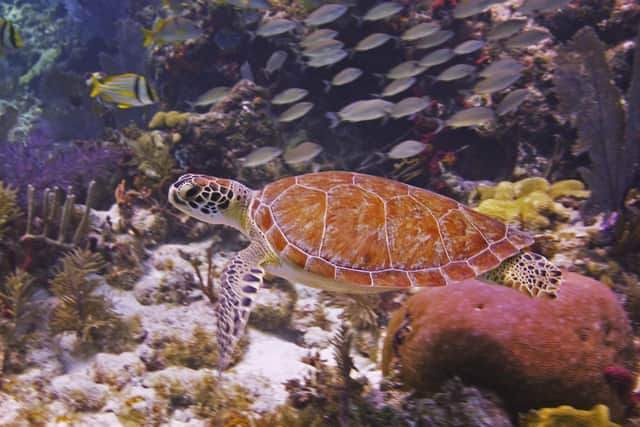

A guided tour of the house (included with your entry ticket) traces the life of the iconic author, who penned some of his most famous novels in the spacious second-floor writing room (when he wasn’t fishing, boxing or drinking).
One hundred years before Hemingway arrived, the Keys prospered thanks to many ships that ran aground on the vast Florida Reef.
‘Wreckers’ would sail out to the vessels and lay claim (according to laws at the time) to the cargo, then auction it off and give a commission to residents, making Key West the richest town in the world per capita for a time, until lighthouses were erected and ships could more easily avoid disaster.
I get a sense of life in the 1800s when I jet over to historic Dry Tortugas National Park, an islet just off the coast of Key West, with Key West Seaplane Adventures (£319 per person for a half-day excursion).
Clambering aboard the tiny, 10-person plane, I peer out of the window and spy three shipwrecks as we cruise low over the turquoise sea.
Advertisement
Hide AdAdvertisement
Hide AdThrough headphones, the pilot tells us what to look out for in the waters: I spot loggerhead turtles lapping leisurely, pods of dolphins congregating, schools of black nurse sharks and a solitary hammerhead before we make our smooth sea landing.
The island is dominated by Fort Jefferson, a hexagonal red-brick behemoth built to provide offshore protection but abandoned shortly after construction was completed in 1874.
The 175 passengers who arrived on the Dry Tortugas ferry have just departed when we disembark, meaning my fellow passengers and I can wander around the eerie old building, relax on the narrow beach and snorkel out to the reef in peace.
I get a closer look at the Keys’ marine wildlife during a boat trip to John Pennekamp Coral Reef State Park (£31 plus equipment hire).
Donning my snorkel gear and plunging into the pleasantly cool water, I swim out to find purple coral wafting in the current, teeming with life.
Rainbow-hued parrotfish nibble at the reef, shoals of little silver perch zip about, barracuda lurk menacingly near the seabed with their teeth bared, and a couple of smooth, grey stingrays glide across the sandy ocean floor.
It’s hard to believe that since the 1970s there’s been a 90% decrease in coral due to climate change and disease, but recent restoration projects have proved fruitful, with 170,000 corals restored to the 350-mile reef since 2020.
Scientists at the Mote Marine Laboratory are optimistic about the future, and reminders on my boat to wear reef-friendly sunscreen show that tour operators are playing their part.
Advertisement
Hide AdAdvertisement
Hide AdWith a bit of luck, this underwater marvel can be enjoyed for another 200 years by visitors to the Conch Republic.
How to plan your trip
A six-night visit to the Florida Keys with Purely America costs from £1,649pp (two sharing, for travel in September 2023) including return flights from London Heathrow to Miami with British Airways, car hire, accommodation on a room only basis. Visit Purelytravel.co.uk, 0844 80 444 80.
For further information visit fla-keys.co.uk.